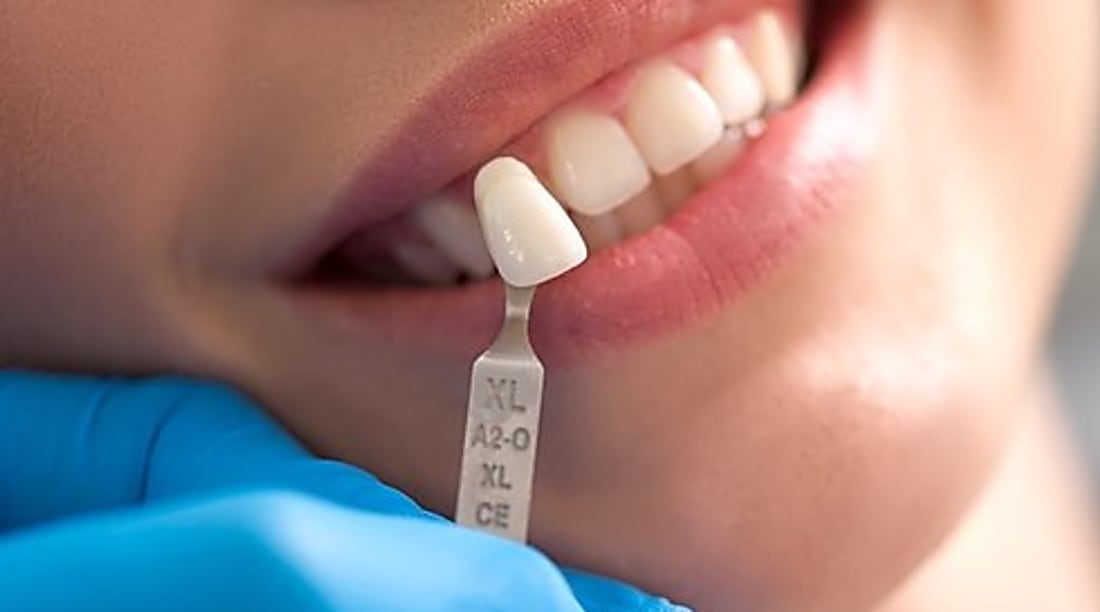Dental Implants Guide: Restore Permanent Teeth
Explore how dental implants use titanium posts anchored in the jaw to recreate natural tooth roots, restore chewing and speaking, preserve facial contours, and prevent bone loss. This comprehensive guide covers the implant procedure, candidacy, types (single-tooth, bridges, All-on-4/6, mini implants), timelines, and typical costs so you can decide if implants are the right long-term tooth replacement for you.

Dental Implants Guide: Restore Permanent Teeth
Dental implants are a dependable long-term solution for replacing missing teeth. By surgically placing titanium posts into the jawbone, implants act like natural roots to anchor crowns, bridges, or full-arch prostheses. Because they transmit chewing forces to bone, implants help prevent the bone shrinkage (resorption) that often follows tooth loss, maintain facial contours, and support healthy gums. Functionally and cosmetically, they frequently outperform removable options by providing stable chewing, clear speech, and a more natural appearance without altering neighboring healthy teeth.
Why choose dental implants
Implants offer several advantages over traditional dentures and some fixed restorations. They restore bite strength and stability, allowing you to eat and speak with confidence. Unlike conventional dentures, implants are fixed (or implant-stabilized) and do not need to be removed for cleaning. Compared with bridges, implants usually avoid grinding down adjacent healthy teeth because each implant can support its own crown. Critically, implants encourage bone preservation: by stimulating the jawbone during function, they reduce the progressive bone loss that can change facial structure over time.
What the implant journey looks like
The path to a finished implant restoration is typically staged and may span several months, depending on healing and any preparatory treatments. It generally includes:
- Comprehensive consultation and imaging: Your dentist will review your medical and dental history, examine your mouth, and often take 3D imaging (CT or CBCT) to plan implant placement precisely.
- Surgical placement: The titanium implant is surgically inserted into the jawbone. In some cases, a temporary prosthesis is provided for aesthetics and function during healing.
- Osseointegration: Over weeks to months the implant bonds with surrounding bone in a process called osseointegration, creating a strong foundation for the final restoration.
- Abutment and prosthesis: Once integration is confirmed, an abutment is attached and a custom-made crown, bridge, or denture is fitted.
Most patients report only mild to moderate discomfort after surgery, manageable with over-the-counter pain relievers and standard postoperative care. Strict oral hygiene and scheduled follow-ups are important to support healing and long-term success.
Who makes a good candidate
Ideal candidates have adequate jawbone volume, healthy gums, and reasonably good overall health. Certain conditions—such as uncontrolled diabetes, heavy smoking, or untreated periodontal disease—can impair healing and reduce success rates. The good news is many limitations are treatable: bone grafts or sinus lifts can rebuild deficient bone, and periodontal therapy can bring gum disease under control before implant placement. Age alone is rarely a barrier; general health and healing ability matter more than chronological age.
Implant options and when they’re used
There are several implant-based solutions tailored to different needs:
- Single-tooth implants: Replace one missing tooth with an implant-supported crown. This is often the most conservative option for an isolated gap.
- Implant-supported bridges: When multiple adjacent teeth are missing, implants can support a bridge without relying on neighboring natural teeth.
- Full-arch restorations (All-on-4 or All-on-6): These approaches use four to six strategically placed implants to support a fixed prosthesis for an entire upper or lower arch, offering a faster and often less complex solution than placing an implant for every tooth.
- Mini implants: Narrow-diameter implants are useful where space is limited or bone volume is low; they are commonly used to stabilize removable dentures.
Your dental team will recommend the best approach based on your anatomy, functional needs, budget, and aesthetic expectations.
Cost and financial considerations
Dental implants are an investment in lasting oral function and appearance. Although initial costs are typically higher than for removable dentures, implants tend to be more durable and may lower future restorative expenses. Total price depends on geography, the number of implants, the type of restoration, and any preparatory work (bone grafting, sinus lifts, or advanced imaging).
Many practices offer payment plans, third-party financing, or phased treatment to spread costs. Some dental insurance plans may provide partial coverage for aspects of implant treatment; verify your benefits and obtain a detailed treatment estimate before committing.
| Procedure Type | Average Cost Range | Additional Procedures |
|---|---|---|
| Single Tooth Implant | $3,000 - $4,500 | Bone Grafting: $200 - $3,000 |
| Implant-Supported Bridge (3 teeth) | $6,000 - $10,000 | Sinus Lift: $1,500 - $2,500 |
| Full Mouth Implants | $20,000 - $50,000 | CT Scan: $250 - $1,000 |
Prices, rates, or cost estimates mentioned in this article are based on the latest available information but may change over time. Independent research is advised before making financial decisions.
Deciding and aftercare
Choosing implants means weighing the benefits of long-term stability, bone preservation, and improved function against higher upfront costs and a longer treatment timeline. Questions to discuss with your clinician include expected longevity, appearance, step-by-step costs, and what maintenance will be required.
After placement, implant care is similar to natural teeth: daily brushing and flossing, routine professional cleanings, and avoiding tobacco. A well-integrated implant can last many years—often decades—with proper care. If crowns or other prosthetic components wear or become damaged, they can usually be replaced without removing the implant itself.
This article is for informational purposes only and should not be considered medical advice. Please consult a qualified healthcare professional for personalized guidance and treatment.






